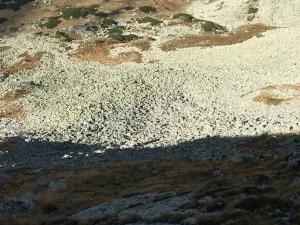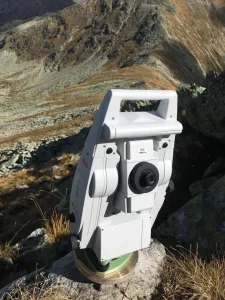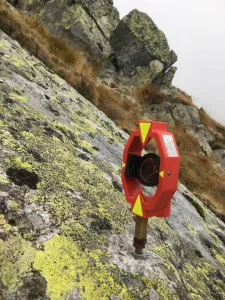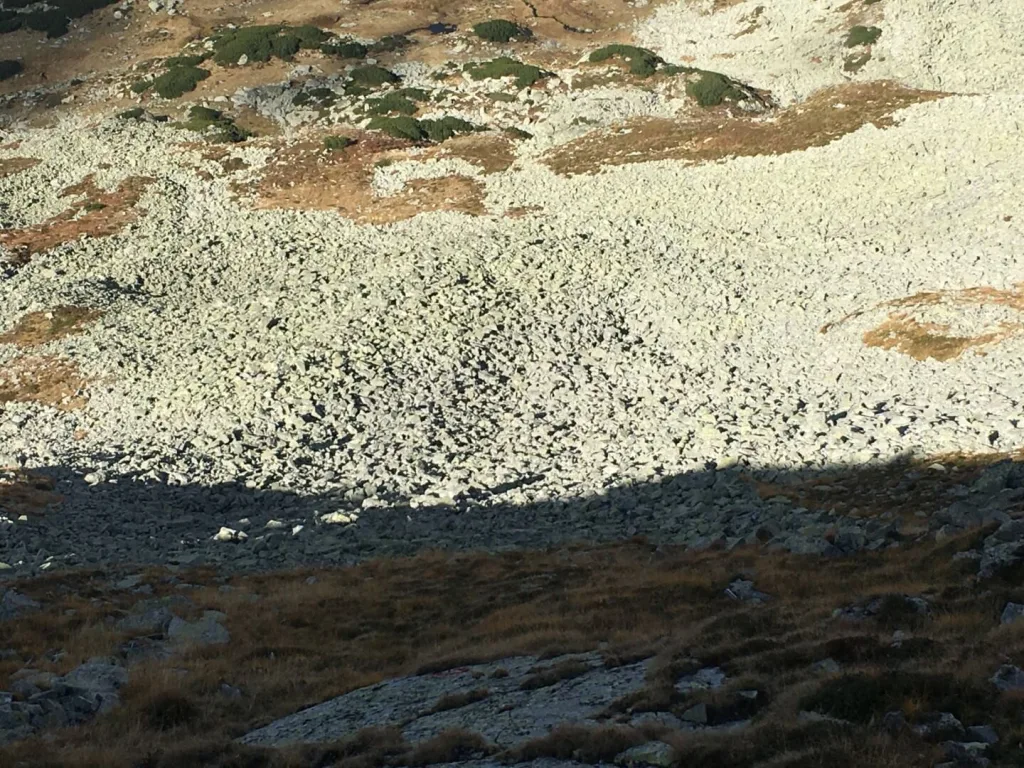A recent field campaign in the Retezat Mountains focused on determining whether the region’s rock glaciers are still active, a crucial indicator in the context of climate change. Rock glaciers are valuable climate archives, as their movement is directly linked to the presence of permafrost, which is one of the Essential Climate Variables (ECVs) monitored globally to assess climate change impacts.
The research team implemented a new, high-precision topographical monitoring technique to improve the accuracy of displacement measurements. Instead of using a traditional tripod setup for the total station, the team installed a permanent metal plate anchored directly into the bedrock, providing a stable and repeatable reference point. Additionally, the observation targets were mounted on screws fixed into the boulders that form the rock glaciers.
This improved methodology significantly reduced measurement errors to less than 5 millimeters, enhancing the ability to detect even the smallest movements. Such precision is essential for confirming whether the rock glaciers remain active—an indicator of permafrost persistence—or if they are transitioning towards inactivity due to ongoing warming trends.
By contributing to the long-term monitoring of permafrost in the Southern Carpathians, this work not only advances local geocryological research but also feeds into the broader understanding of how mountain environments are responding to global climate change.








